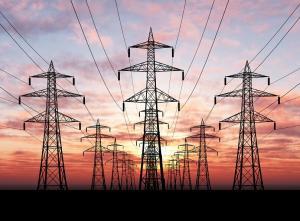World nuclear output reached new high in 2018
 The latest International Energy Agency (IEA) numbers are out and nuclear power continued to grow in 2018, despite concerns about reactor closures in the U.S. and elsewhere.
The latest International Energy Agency (IEA) numbers are out and nuclear power continued to grow in 2018, despite concerns about reactor closures in the U.S. and elsewhere.
In its March “Global Energy & CO2 Status Report,” the IEA said overall global energy consumption grew by 2.3 per cent due to “a robust global economy as well as higher heating and cooling needs in some parts of the world.”
The increase in energy consumption meant CO2 emissions rose 1.7 per cent last year, a new record high.
Gas accounted for 47 per cent of the new energy growth and nuclear represented seven per cent of new growth.
The growth in nuclear was based largely on new capacity in China and the restart of four reactors in Japan, according to the IEA.
In related news, the U.S. Energy Information Administration (EIA) reported that nuclear output reached a peak in 2018, surpassing the previous peak set in 2010.
This happened despite the fact that seven reactors have been taken out of service since 2010 and only one new reactor has been added to the grid. The increase was due to reactor upgrades that improved efficiency and reactors shortening the time they are out of operation for maintenance.The IEA has been more vocal in recent months about the importance of nuclear energy.
In February, the IEA held a workshop on the role of nuclear power in the clean energy system, which will lead to a report on the issue, and IEA Executive Director Dr. Fatih Birol spoke on the margins of the Canadian Nuclear Association’s annual conference in Ottawa.
“Nuclear energy plays an important role in both energy security and sustainability in today’s energy mix,” Birol said at a recent IEA workshop.
“However, without appropriate policy attention, its contribution will shrink, creating challenges for meeting our energy policy goals in the future. As an all-fuels and all-technologies organization, the IEA monitors the development of nuclear energy and its potential role in the clean energy transitions.”
The IEA has an important role in making policymakers understand the scope of the challenge the world faces in providing clean and reliable electricity as transportation electrifies and more and more people in the developing world become electricity consumers.
Governments need to act pragmatically and, like the IEA, realize the role all technologies can play in the energy system of the future.
